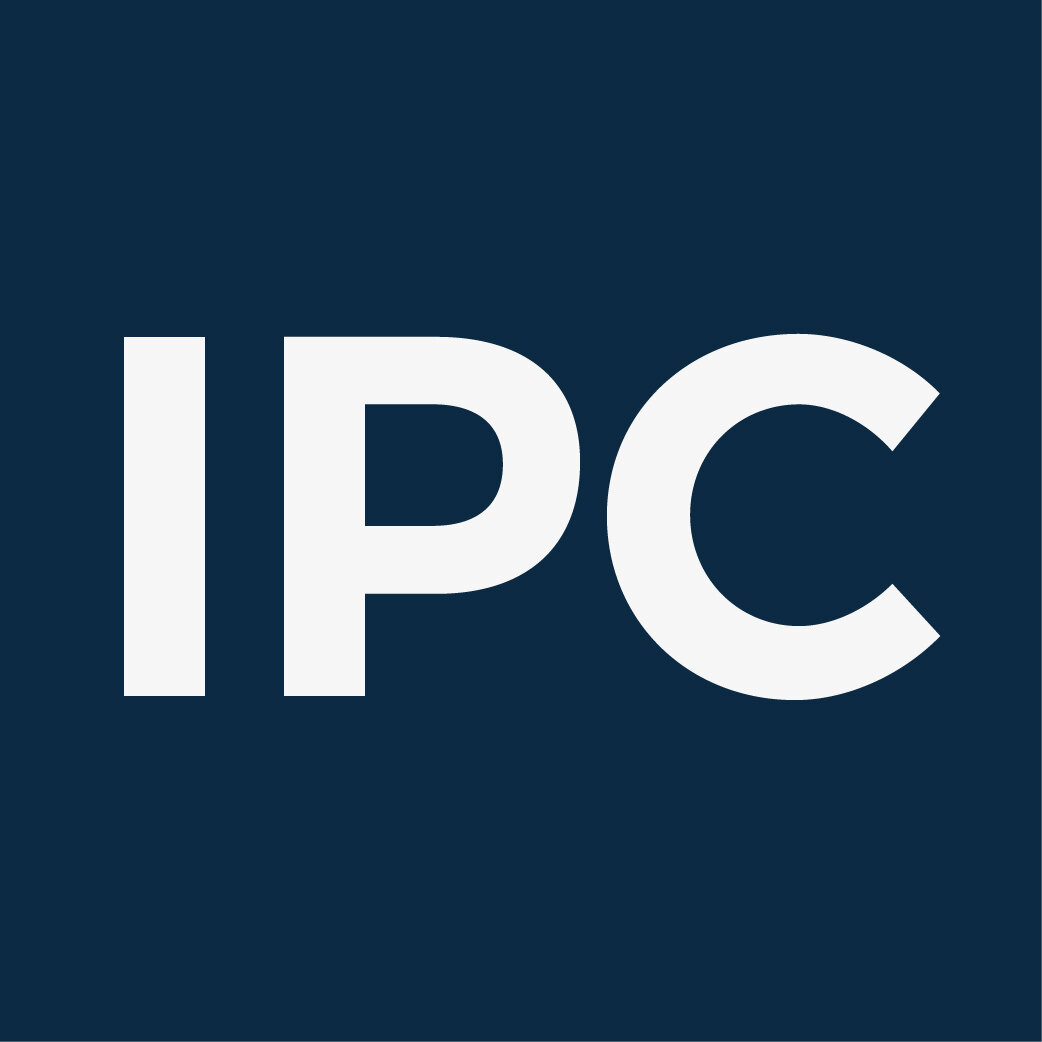The Structure of ISO 9001:2015
In this article, we will delve into the structure of ISO 9001:2015, exploring its key components and highlighting its significance for organizations worldwide.
Preface
In the world of quality management systems (QMS), the International Organization for Standardization (ISO) plays a pivotal role in establishing benchmarks and best practices. One such standard that has gained widespread recognition and adoption is ISO 9001:2015. This international standard provides a framework for implementing a robust quality management system.
Key Parts
Scope and Introduction: Every standard has a defined scope, and ISO 9001:2015 is no exception. This section sets the stage by outlining the purpose and applicability of the standard. It clarifies that ISO 9001:2015 is applicable to any organization, regardless of its size, industry, or sector, aiming to enhance customer satisfaction through the implementation of a strong QMS.
Normative References: To ensure consistency and compatibility, ISO 9001:2015 refers to other related standards that organizations can consider while implementing the QMS. These references provide additional guidance and reinforce the principles and requirements of ISO 9001:2015.
Terms and Definitions: Effective communication is crucial when discussing a standard, and ISO 9001:2015 addresses this by providing a comprehensive glossary of terms and definitions. This section establishes a common language and understanding, ensuring consistent interpretation throughout the standard.
Context of the Organization: One of the fundamental shifts introduced in ISO 9001:2015 is the emphasis on understanding an organization's context. This section encourages organizations to identify and analyze both internal and external factors that may impact their QMS. By assessing stakeholders, risks, and opportunities, organizations can develop a more tailored and effective QMS.
Leadership: Strong leadership and commitment are essential for the success of any QMS. ISO 9001:2015 recognizes this and places significant emphasis on the involvement of top management. This section outlines the responsibilities of leaders in establishing a quality policy, defining organizational roles, and ensuring QMS effectiveness.
Planning: Successful implementation of a QMS requires thorough planning. This section of the standard highlights the importance of setting quality objectives, defining processes, and establishing criteria for their evaluation. By adopting a systematic approach, organizations can plan and execute their QMS effectively.
Support: Supporting the QMS is crucial for its smooth functioning. ISO 9001:2015 addresses this by encompassing several aspects, including resource management, competence and awareness, communication, and documented information. This section emphasizes the need for organizations to allocate resources appropriately, develop competent personnel, and establish effective communication channels.
Operation: The operational section focuses on the core processes involved in delivering products or services. This encompasses various activities, such as product realization, planning and control of operations, and post-delivery activities like monitoring customer satisfaction. By ensuring consistency and control throughout these processes, organizations can enhance customer satisfaction and meet their requirements.
Performance Evaluation: Continuous improvement lies at the heart of ISO 9001:2015, and this section underscores the significance of monitoring, measurement, analysis, and evaluation of QMS performance. By establishing metrics, conducting audits, and analyzing data, organizations can identify areas for improvement and take corrective actions.
Improvement: The final section of ISO 9001:2015 focuses on driving continual improvement within the QMS. This involves taking corrective and preventive actions, learning from non-conformities, and implementing innovative ideas to enhance overall performance. By fostering a culture of improvement, organizations can strive for excellence and meet ever-evolving customer expectations.
Conclusion
ISO 9001:2015 serves as a comprehensive guide for organizations seeking to establish a robust QMS. Its structure encompasses various interrelated components, emphasizing context, leadership, planning, support, operation, performance evaluation, and improvement. By embracing ISO 9001:2015, organizations can enhance their overall efficiency, customer satisfaction, and long-term success. It provides a solid foundation for continuous improvement, fostering a quality-centric mindset that drives organizations toward excellence in the modern business landscape.

